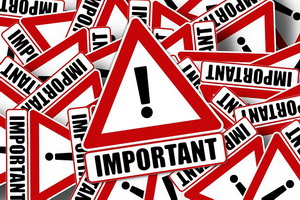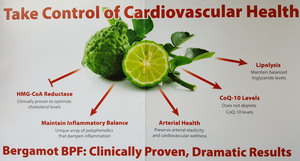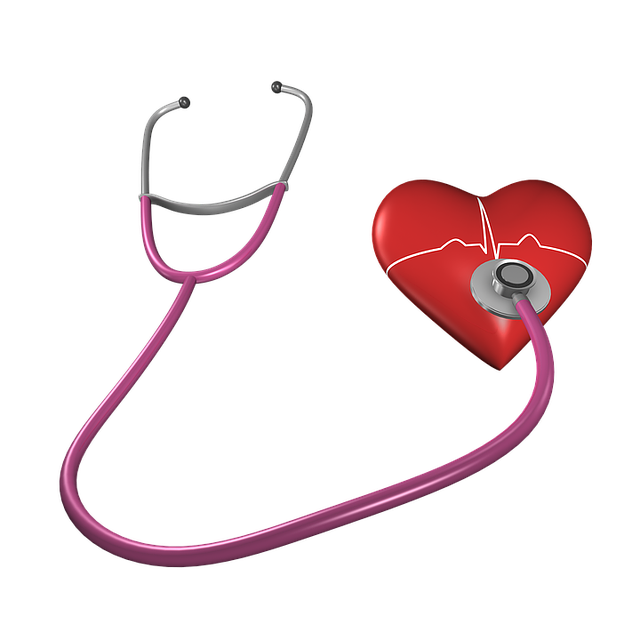
Cholesterol is one of the bogymen of the modern medical delivery system. Be careful or the cholesterol bogyman will get you has been the favorite chant for the last 50 years. Interestingly, as the hard science is busy proving that eating cholesterol has nothing to do with plaque formations in your arteries, the American Heart Association continues to award (for a large donation to their coffers) the right to stick the “heart healthy” symbol on foods that have low cholesterol levels. Doctors are prescribing statin drugs to lower cholesterol levels in greater amounts every year. I have even heard medical doctors telling patients insane things like you need to have your cholesterol levels below 130. This is insane for lots of reasons, not the least of which is a 7 to 15 times increase in suicide. Possibly this 130 is a misunderstanding on the part of the patients or doctors and really refers to just the LDL portion of the cholesterol.

So what’s with cholesterol anyway? Why do we have cholesterol in the first place? Is it bad for us or what?
Lets start with the last question first – without cholesterol you are dead meat. You can’t survive without it in your body. Cholesterol is the basic building block for all your brain neurotransmitters and all your hormones. As cholesterol floats around in your blood and gets into the tiny capillaries in your skin, it is turned into the first step of vitamin D which controls your entire immune system. It is also turned into cholesterol sulfate which keeps your blood cells from bursting and dumping all your hemoglobin. Cholesterol sulfate is also a powerful signaling molecule that floats around telling all kinds of systems in your body when it is ok to do their jobs. But most importantly, cholesterol is a key component of every cell membrane in your body. It is what give your cells shape and allows them to function as they do. Without cholesterol we would have to have rigid cell walls like plants do and be unable to move.

Cholesterol is manufactured in every cell in your body from scratch in a complex 37 step process – that is how important it is. Hopefully I am communicating just how important cholesterol is to your health. So now what does it mean when our levels go too high, and what is too high anyway?

I may let slip a bit of cynicism in this paragraph as I have watched how the numbers for what is considered a healthy level of cholesterol has changed over the last 40 years, in spite of the lack of actual clinical or scientifically relevant evidence. A massive amount of research has gone into studying cholesterol ever since heart disease first showed up as a common cause of death in the 1950s. The most massive fuel for this came from the famous scam called the Seven Countries Study by the father of modern agribusiness, Ancel Keys. I call this study a scam because there were actually 22 countries studied, but only 7 of them supported the theory that Ancel was promoting, so he simply ignored the data that proved he was wrong and published the data that supported him. The government jumped on the results and declared that dietary cholesterol was the single cause of heart disease. Subsequent research added that smoking was bad as well and maybe some other things we prefer to ignore. Back in the 1960s and 70s the magic number was 240. None of the studies showed any relationship between increased heart attacks and cholesterol unless your numbers were higher than 240. This number lasted until a drug was invented for lowering cholesterol, then magically the number you needed to have to be healthy suddenly got lower every few years – without any real scientific reason for this. Possibly drug sales profits were a motivator for this.
Forever the ideal level of cholesterol was thought to be 180 because that was the average for young males entering the military. The absurd assumption here of course is that everyone at all stages of life should have blood like an 18 year old male. This same absurdity pervades all levels of science simply because most academic research is performed on college freshmen and sophomores. Most researchers are at universities and you can make participation in research a prerequisite for passing various classes. That makes the research much cheaper to run. Yes, I was in several research studies while at UC Davis.

Interestingly, most early studies were all done only on men, since men were more likely to have heart attacks back then. The results were simply assumed to apply to women. Later research found that the numbers largely did not apply to women. In fact more recent research actually shows that higher cholesterol levels (like around 200 to 220) are protective for older women. These realities don’t seem to be taught to the doctors in the real world. Although this may be because over 95% of practicing doctors don’t read their own journals – like the AMA Journal, but only the drug ads in the side bars. (That delightful tidbit was reported by the AMA itself after polling its own members.)
So what does it mean if your numbers go up really high – like 300? Well, think about all the things cholesterol does. Could there be something going on that is calling for a need for more cholesterol? One of the little things cholesterol does in its sulfate form is protect our skin surfaces from bacterial invasion – including our inner skin, the gut lining. Cholesterol makes our stress hormone cortisol. Cholesterol even acts as a last resort anti-oxidant for our body when we are too inflamed. Could any of these be happening to anybody these days?
So a high cholesterol level is a red flag that problems are happening. I have compared high cholesterol levels to lots of fire engines on the streets when the neighborhood is on fire. Do the fire engines cause the problems? No, but they are there when trouble is afoot. When I see a patient’s lab work with really high cholesterol levels, I know they are a metabolic mess inside. Do I want to bring these levels down? I want to see these come down as a result of other things coming back into balance. Cholesterol is a warning indicator for me, not something to be feared in itself. Never-the-less, we live in a medical environment where we have to deal with the reality of doctors who want us to have our levels down to their idea of “safe, healthy” levels. The statin drugs are scary to me, just read the list of side effects. Why would I want to stop my fire engines? But what if I had a way to lower cholesterol levels that was natural and safe? I have that now – bergamot. The natural remedy community has been using red rice yeast extract for years, but this is just a natural source of statins, barely any better for you than the drug form. Bergamot is the new “big thing.”
When I see a patient’s lab work with really high cholesterol levels, I know they are a metabolic mess inside. Do I want to bring these levels down? I want to see these come down as a result of other things coming back into balance. Cholesterol is a warning indicator for me, not something to be feared in itself. Never-the-less, we live in a medical environment where we have to deal with the reality of doctors who want us to have our levels down to their idea of “safe, healthy” levels. The statin drugs are scary to me, just read the list of side effects. Why would I want to stop my fire engines? But what if I had a way to lower cholesterol levels that was natural and safe? I have that now – bergamot. The natural remedy community has been using red rice yeast extract for years, but this is just a natural source of statins, barely any better for you than the drug form. Bergamot is the new “big thing.”
Bergamot is a citrus that looks like a wrinkly lime and is native to southern Italy. Its impact on cholesterol levels was discovered almost by accident. Because Italy has socialized medicine, all its health records are centralized. A health researcher noticed that for some reason the general cholesterol levels were much lower in southern Italy than anywhere else. All of Italy eats the Mediterranean Diet so that does not explain the difference. So the researcher studied the diets of this population in detail, and the only difference he found was that everyone used bergamot daily for limeade, in cooking, and as a general tonic. When he tested bergamot on northern Italians, their cholesterol levels came down quickly. Since then they have isolated the active phytochemicals and polyphenols in bergamot that produce this impact and now it is available to us. I have had several patients now that have used the bergamot to lower their cholesterol levels to make their medical doctors happy, so they won’t be put on statin meds.
Otherwise, as I mentioned before, high cholesterol levels are mostly a red flag for a host of other metabolic disorders that are far more serious that need to be addressed. For that I begin with a metabolic assessment questionnaire and move on to lab tests if needed. The questionnaire is available through the office.
